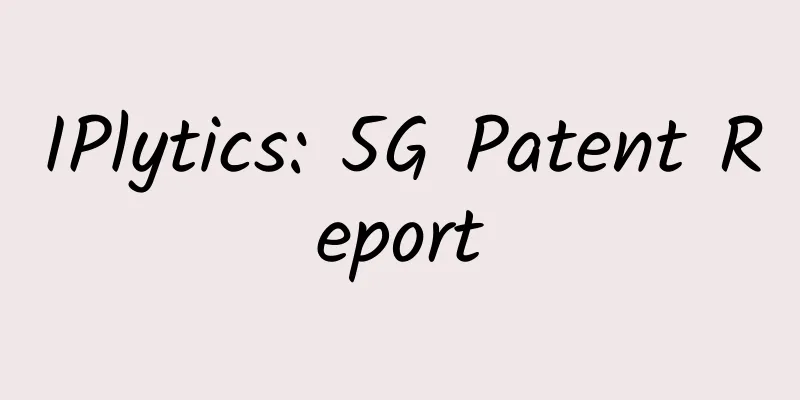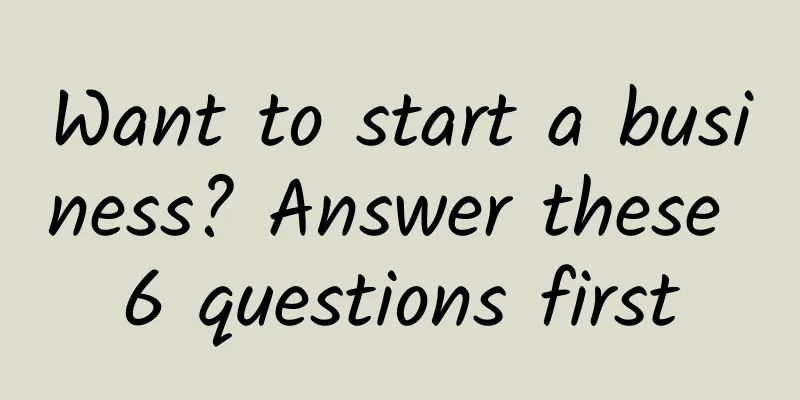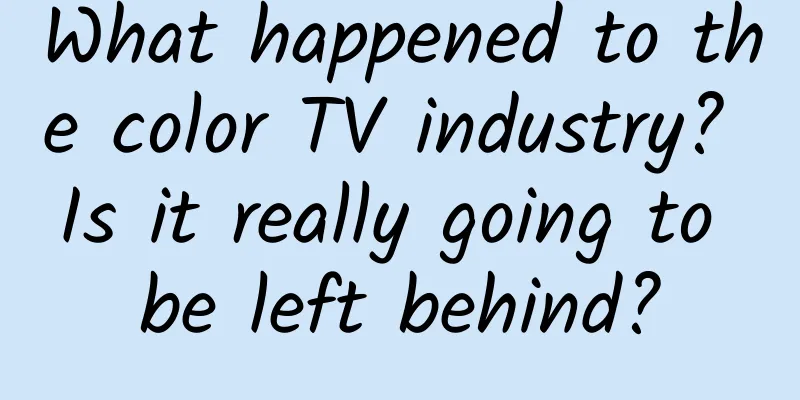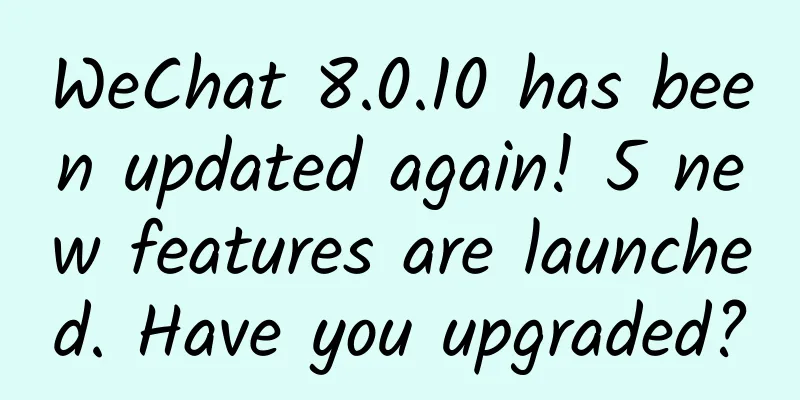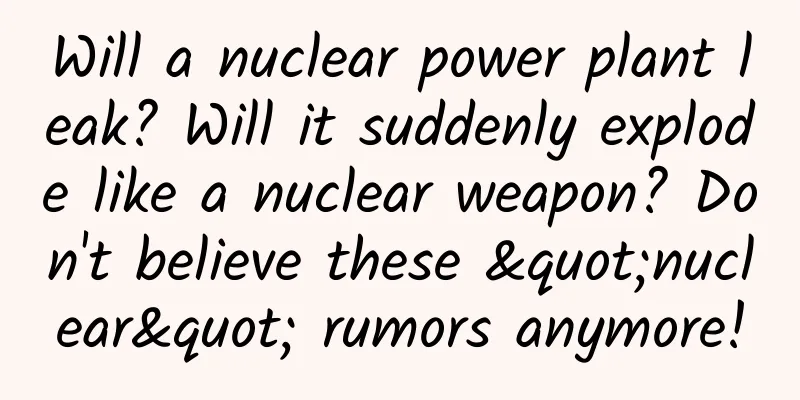Proving Einstein wrong again! Scientists verify the famous Bell test in superconducting circuits for the first time
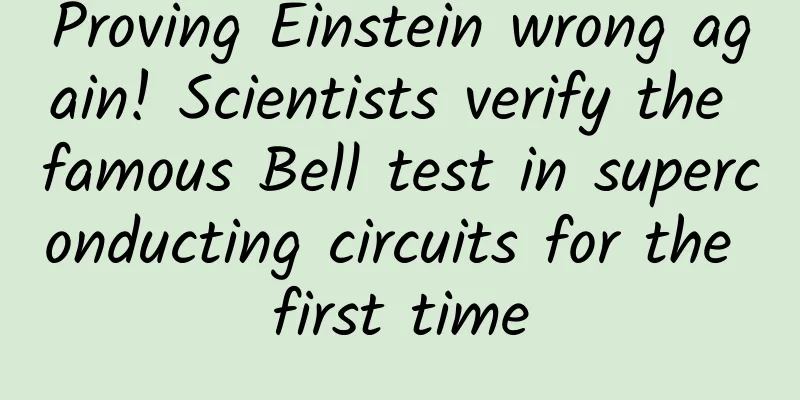
|
In 2022, three physicists were awarded the Nobel Prize in Physics for their groundbreaking experiments that verified the violation of Bell's inequality. Despite receiving the highest honor in the scientific community, the progress of Bell's inequality has not come to an end. Not long ago (May 2023), a new study published in the journal Nature verified the violation of Bell's inequality in two superconducting circuits for the first time, proving that entanglement did occur between the quantum bits in the superconducting circuits. So, what is quantum entanglement? What is Bell's inequality? What is the significance of the new experiment? Hello everyone, I am Xue Peng, and today we will talk about these questions. Our story begins with a famous debate in the physics community in the 1930s. At the time, Einstein had always been skeptical about quantum mechanics and the Copenhagen school represented by Bohr's interpretation of quantum mechanics. Einstein proposed one thought experiment after another in an attempt to prove that quantum mechanics is incomplete. One of the most famous thought experiments was proposed by him and his assistants Rosen and Podolsky at Princeton, which is the famous EPR paradox. This experiment describes two spin-1/2 particles, A and B, whose initial total spin is zero. Assuming that a particle has two possible spins, |up> and |down>, then if the spin of particle A is |up>, the spin of particle B must be |down> to maintain overall conservation, and vice versa. At this time, we say that these two interrelated particles form a quantum entangled state. Now, what would happen if we separated the two entangled particles and let them fly in opposite directions, farther and farther apart? To explore this question, we have observers Alice and Bob measure two particles that are far apart. According to quantum mechanics, as long as Alice and Bob have not measured, each particle should be in a superposition state, for example, a superposition state with a 50% probability of |up> and |down>. But once Alice measures A, the superposition state of A collapses in an instant, for example, collapses into |up>. The question is: since Alice has measured A as |up>, B must be |down> because of conservation. However, A and B are very far apart at this time, for example, tens of thousands of light years. According to the theory of quantum mechanics, B should have a probability of half |up> and half |down>. Why can it always choose |down>? Unless there is some way for particles A and B to "communicate" in time? Even if they can sense each other, it seems to be a super-distance instantaneous signal! And this super-distance action is contrary to the speed of light in the special theory of relativity. So, this constitutes a paradox. Therefore, Einstein believed that quantum mechanics was incomplete, and he hoped to establish a more universal local realism theory to make up for the shortcomings of quantum theory and eliminate the action at a distance. As the successor of Einstein's thought, Bohm introduced "hidden variables" in 1952, and formed a completely deterministic theory based on local realism - the local hidden variable theory. To determine whether quantum mechanics is correct and complete, or whether the local hidden variable theory is correct and complete, we need to verify it through experiments. At this time, John Bell came on the scene! In 1964, Bell proposed a mathematical inequality named after him. He defined an observable and predicted that the measured value based on the local hidden variable theory would not be greater than 2. However, using the theory of quantum mechanics, it can be concluded that its maximum value can reach 2\sqrt{2}. Once the result of the experimental measurement is greater than 2, it means that the local hidden variable theory is wrong. The birth of Bell's inequality announced the controversy over the locality of quantum mechanics theory, which changed from a purely philosophical speculation to a scientific theory that can be falsified by experiments. Bell was a follower of Einstein. His original intention in studying the hidden variable theory was to prove that the non-locality of quantum mechanics was wrong. However, all experiments later proved that the predictions of the local hidden variable theory were wrong, and the predictions of quantum mechanics were correct. In 1972, John Clauser and Stuart Freedman completed the first Bell's theorem experiment at the University of California, Berkeley, proving that Bell's inequality was indeed violated. But their results were not conclusive because the experiment had a so-called locality loophole. The locality loophole refers to the fact that the corresponding time of the correlation between entangled particles exceeds the speed of light. For example, when a result is obtained for one particle, the result of the other particle is also obtained instantly. However, if the distance between the two particles is not long enough, it is not enough to prove that the time of propagation through the speed of light is much longer than the time to obtain the result of another photon in the experiment. In 1982, Alan Aspect and others at the University of Paris-Sud improved Clauser and Freedman's experiment, improving the measurement accuracy and reducing the measurement loopholes. Alain Aspect was also the first person to design an experiment to avoid local loopholes. In 1998, Anton Zeilinger and others at the University of Innsbruck in Austria tested Bell's inequality under strict locality conditions, eliminating the locality loophole. The experimental results were of decisive significance. Aspect, Clauser and Zeilinger also won the Nobel Prize in Physics last year (2022) for this, in recognition of their use of entangled photons to experimentally verify that Bell's inequality does not hold in the microscopic world, proving the completeness of quantum mechanics, and leading and promoting the development of the discipline of quantum information. After them, physicists still verified Bell's inequality through various entangled particle pairs, with the goal of filling other loopholes. For example, in addition to the locality loophole, there is also the detection loophole. The detector loophole is because the detector efficiency is not 100%, so it can be understood that the detected particles violate the Bell inequality, while the undetected particles do not violate it. It was not until 2015 that Ronald Hanson's research group at Delft University of Technology in the Netherlands completed the first loophole-free Bell test. They completed the experiment in a diamond color center system. In order to avoid local loopholes, they placed two diamond color centers in two laboratories 1.3 kilometers apart. Using entangled photon pairs and entanglement exchange technology, they achieved entanglement between electrons in diamond color centers. The time required for two color centers to communicate directly with light is about 4.27 microseconds, while the time to complete an experiment is 4.18 microseconds, which is 90 nanoseconds less than the optical communication time, thus solving the local loophole. In addition, the measurement efficiency of the color center is as high as 96%, and the measurement loophole has also been blocked. These experiments are all based on entangled photons. The latest progress made by scientists from the Swiss Federal Institute of Technology in Zurich (ETH) mentioned at the beginning is the first time that the violation of Bell's inequality has been verified in two superconducting circuits. In order for the Bell test to be truly flawless, the research team had to ensure that no information could be exchanged between the two entangled circuits before the quantum measurement was completed. Since the fastest speed for information to be transmitted is the speed of light, the time required for the measurement must be less than the time it takes for a light particle to propagate from one circuit to the other. ETH researchers had previously determined that the shortest distance for a successful flawless Bell test is about 33 meters, because it takes about 110 nanoseconds for a light particle to travel that distance in a vacuum, which is a few nanoseconds longer than the time it took the researchers to conduct the experiment. In the latest study, ETH scientists connected two cryostats, each containing a superconducting circuit, through a 30-meter-long tube, cooled to a temperature slightly above absolute zero, and then used a random number generator to decide which measurement to make on the quantum bit to avoid human bias. The researchers made more than 4 million measurements at a rate of 12,500 measurements per second, put all these data points together and analyzed them, and found with great certainty that the quantum bit was indeed experiencing what Einstein called "spooky action at a distance." Researchers said that superconducting circuits are a promising candidate for building powerful quantum computers. The latest research is expected to promote the development of quantum computing and quantum communications and expand the scale of quantum computers based on superconducting circuits. If you still find it difficult to understand the ghostly action at a distance of quantum entanglement, it is possible that you are still thinking about this problem from the perspective of causality. Let us return to the story of particle A and particle B mentioned earlier. If Alice measures A, the superposition state of A collapses in an instant, for example, collapses to |up>. Since Alice has measured A as |up>, B must be |down> because of conservation. It sounds like the measurement result of particle A is the cause, and the collapse of particle B is the effect. The process of "cause" causing "effect" does not require time, and is "instantaneous" induction. This is the so-called "ghostly correlation" that even Einstein could not understand! But if we randomly select 100 pairs of particles and mark each pair, one of which is A and the other is B, then we will find that half (probability) of the 100 particles labeled A are |up> and half (probability) are |down>. Similarly, half (probability) of the 100 particles labeled B are |up> and half (probability) are |down>. When we look at them one by one, because the total spin is zero, the A and B in the same pair are always one |up> and one |down>. Conclusion: Quantum entanglement cannot be understood using causal theory. The two random series A and B are related (without causality). This article is a work supported by Science Popularization China Starry Sky Project Author: Xue Peng Reviewer: Zhang Wenzhuo, founder and CEO of Quami Quantum, former member of the Mozi satellite team Produced by: China Association for Science and Technology Department of Science Popularization Producer: China Science and Technology Press Co., Ltd., Beijing Zhongke Xinghe Culture Media Co., Ltd. |
>>: Raising 500,000 babies for others and then having to return them, what is this doing?
Recommend
China Academy of Information and Communications Technology: Global ranking of 5G standard essential patents in 2022: Huawei's effective global patent families account for 14.59%
The China Academy of Information and Communicatio...
The most powerful Zhihu promotion and drainage method in 2019
A few days ago, my famous Zhihu account in the sk...
Crazy Helicobacter pylori, I heard that kissing can be transmitted? The truth is...
Author: Fu Rao, member of China Science Writers A...
"A year's rain falls in one day" may happen more frequently in the future
Recently, many parts of southern China have been ...
Refutation of the article "SARFT leaders ask why we need to adapt to the Internet"
Yesterday, Xie Lirong, who signed as "Caijin...
What’s the point of doing business if you can’t find any competitors?
How many times have you heard this? Anyway, I hav...
Save it now! In the case of influenza A outbreak, in addition to oseltamivir, you can also use these drugs!
Influenza is an acute respiratory infection that ...
"Taiwan-Internet linkage" changes the situation and creates a TV program ecosystem
In recent years, video websites have been claimin...
Baidu Information Flow | Advertisements with high click-through rates usually rely on these 3 points!
How to attract users' attention and stimulate...
How the AI behind TikTok works
TikTok is a video-sharing app that allows users t...
Want to say goodbye to the Home button? It's not as easy as you think
Nowadays, there are fewer and fewer buttons on mo...
Android M Developer Preview 2 Vulnerability Exposed
[[139908]] Google released Android M Developer Pr...
B station advertising, B station advertising account opening process
It has become a reality that the vertical Z gener...
Haofang Law School's "Wang Fang's Reading Class" improves children's reading ability
Haofang Law School's "Wang Fang's Rea...
The first brain-computer interface chip implanted in humans! Has "The Matrix" become a reality?
On January 30, 2024, Elon Musk posted a message o...

